Grade 2/3 Burlap Weaving
Duration: 2 double classes
After finishing their Snake in the Grass paper weaving project, the students were ready to tackle some weaving proper. We did a quick review of the 3 W’s. I told them that they could impress their family at the dinner table that night, throwing those words out there – weaving, warp, and weft. Woo hoo!
I’ll talk a little about the process at the end of this post, but in the meantime, take a look at these show stoppers …
- Jay
- Owen
- Sol
- Nick
- Ella
- Ben
- Ruben
- Genny
- Lucas
- Olivia
- Molly
- Clara
The class was fresh from the previous project, so only a short review of the weaving process was required (over and under, over …). This time, however, they would be working with plastic bodkins.
(An aside: very few people seem to know that word when I say it – and I say it a lot because I am a knitter of mitts and socks in public places. In this instance, a bodkin is a large dull needle. My own is a steel one, and excellent for darning – yes, darning – only my favourite socks.)
In preparation for the class, I cut 5 1/2″ x 8 1/2″swatches of burlap and pulled some of the warp threads out to make room for the students’ weaving. Various colours of construction paper and chalk and oil pastels were made available to make their frames AFTER they completed their weaving. To start, however, I showed them how to load up their bodkins with the piece of yarn, and weave it through the spaces left in the warp.
I think it is really important in this lesson to have a lot of yarn pieces pre-cut, though not all. There is something quite lovely about a mass of balls of coloured yarns that one has to hunt through and discover… maybe that is the just the knitter/scrounge in me. But the need for yarn pieces for that many students comes thick and fast! It was all we 3 adults could do to keep up (we even had an extra set of hands with the student teacher that day), and still be available to help any kids at their desks who were having trouble with the mechanics of weaving/threading.
A few students were overwhelmed, at first, at the prospect of weaving/sewing with a needle, but some patient one-on-one again saved the day, and they learned that they COULD do such a thing! In fact, I was surprised by how much the boys took to this one, and really shone in their results!
When they completed their weaving, it was time to pick a frame colour – I gave them the choice of contrasting/complementary colours, or something more akin to the predominate weft colours used. They decorated the outer edges with pastel, and then it was over to Mrs. Godwin manning the hot glue gun to attach the burlap to the full sheet of construction paper for ‘framing’. This was a good time for me to review each student’s results, ask their thoughts, and point out design features to encourage them in their work that day. I love getting that bit of individual ‘checking in’!
Spring 2011 / Parliament Oak School
Another do-again; and a HUGE THANKS to Phyl at one of my favourite blog sources: “There’s a Dragon in my Art Room”. You rock! (I’d like to meet you some day)
www.plbrown.blogspot.ca











































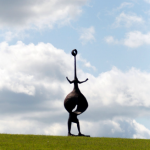













































































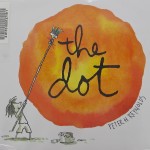























































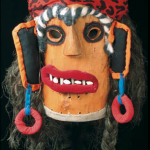
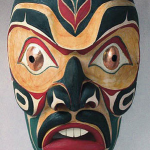
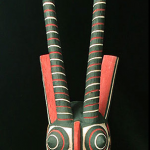



























































You must be logged in to post a comment.